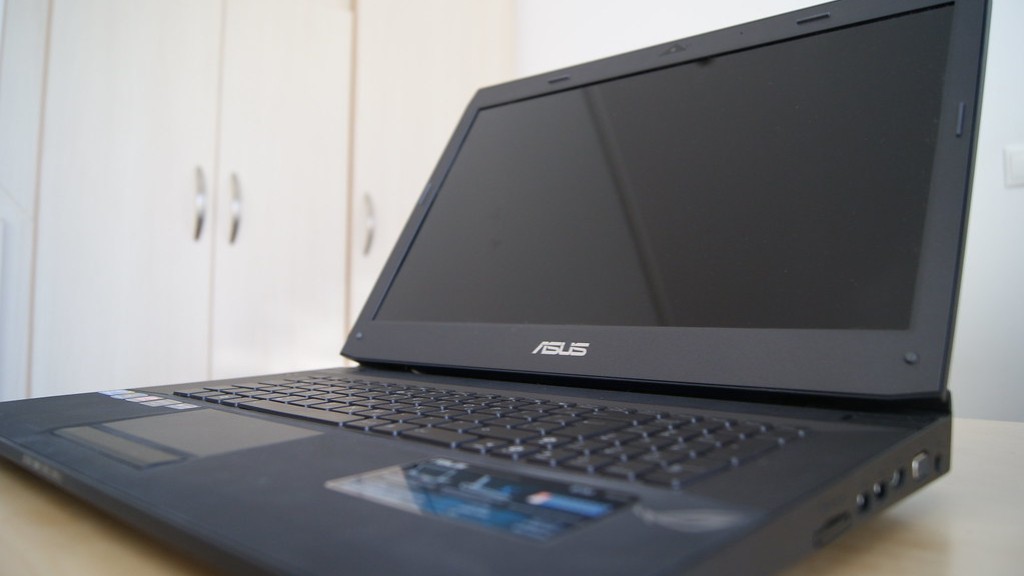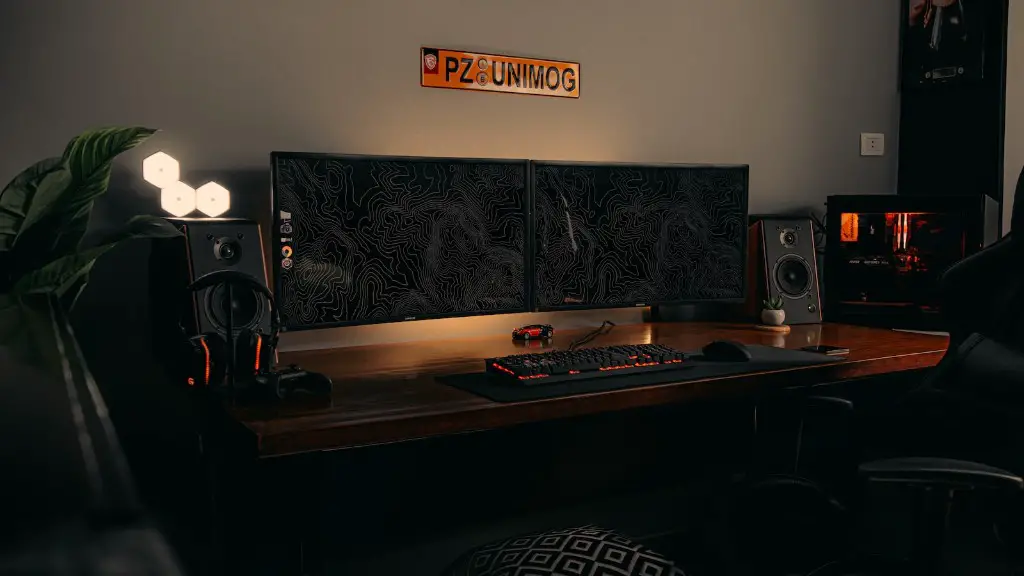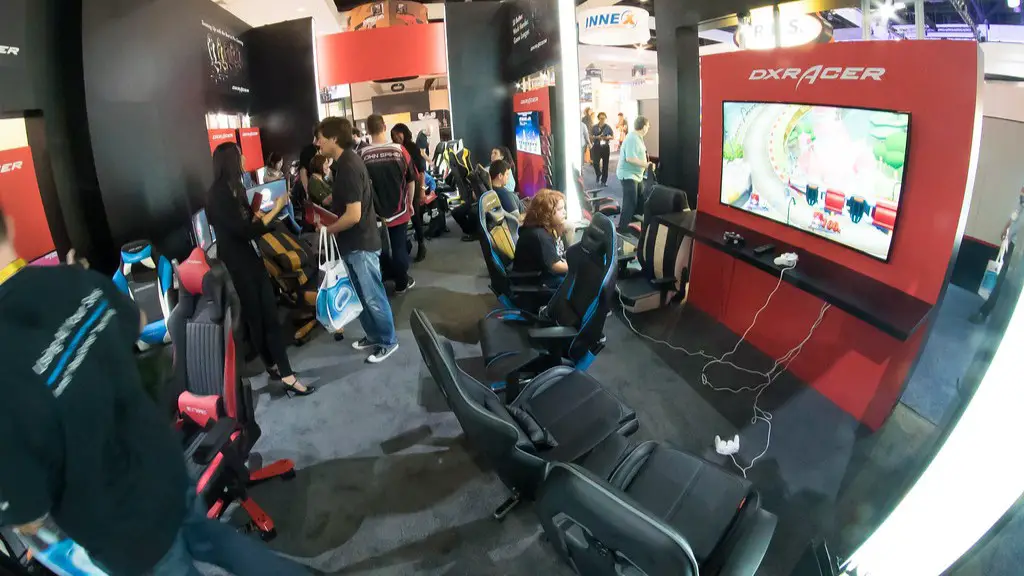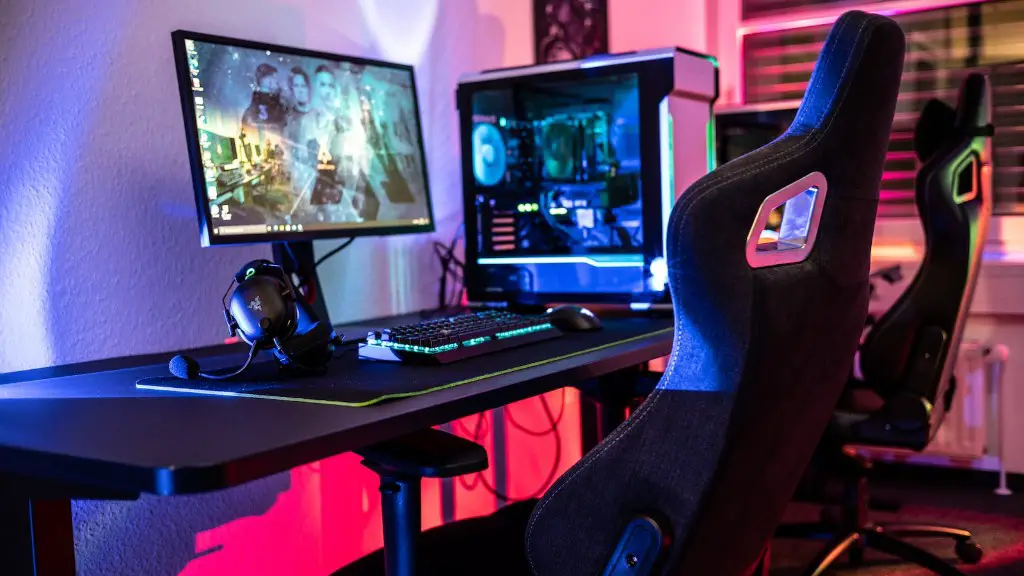People who are serious about getting the most out of their gaming experience often wonder what is a good size for a gaming monitor. While there isn’t a one-size-fits-all answer to this question, there are certain factors that should be taken into consideration when deciding on the optimal size for your gaming monitor. Here’s a closer look at some of these factors.
The most important factor to take into account when determining a good size for a gaming monitor is the type of gaming you intend to do. If you primarily play fast-paced games such as first-person shooters (FPS) where peripheral vision is essential, then a larger monitor, such as 21+ inches is going to be beneficial. On the other hand, if you play strategy and simulation games such as Civilization where your screen might be viewed from further away, then a smaller monitor such as 17 inch might be more suitable.
Another factor to consider is the resolution and display quality of the gaming monitor. Higher resolution generally results in smoother and more detailed visuals, although some monitors are specifically designed to be more responsive or feature higher refresh rates. Higher refresh rates increase the clarity and reduce the amount of blurring, which can be very useful in fast-paced games.
The third factor to consider is the distance from which you will be viewing the monitor. Generally speaking, a larger screen size is preferable if you’re playing from a more distant viewing angle. This is because larger monitors provide a more immersive experience, due to the larger field of view. On the other hand, if your gaming monitor will be placed close to you, then a smaller size could be more suitable, as it will require less desk space.
Lastly, consider the cost. While larger gaming monitors can be more expensive than their smaller counterparts, they may also be more durable, with better image quality. Therefore, it’s important to factor in the cost of the monitor when deciding on which size is best for your gaming setup.
Resolution And Refresh Rate
The resolution and refresh rate of the gaming monitor are very important when considering a good size for your gaming setup. A higher resolution will generally provide smoother and more detailed images, while a higher refresh rate can make fast-paced games appear smoother, with less blurring. Additionally, a higher resolution and refresh rate will require more processing power from your video card, so it’s important to keep this in mind when selecting a gaming monitor.
Furthermore, the type of gaming you intend to do will also play an important role in determining what resolution and refresh rate are best for your needs. For example, a higher resolution may be beneficial if you are playing games featuring detailed landscapes and vistas, while a higher refresh rate could be advantageous for gamers who need more responsiveness and clarity in fast-paced FPS games.
A good rule of thumb is to pay attention to the specifications of the monitor you’re considering, as well as the specs of your video card. This will ensure that the monitor and video card are compatible and will allow you to get the most out of your gaming experience.
Connectivity Options
In addition to resolution and refresh rate, the connectivity options of the monitor should also be taken into consideration when deciding on a good size. Common connectivity options include HDMI, DisplayPort and USB ports. HDMI will typically provide the best quality, while DisplayPort and USB are often used in order to extend the monitor’s capabilities to connecting multiple devices. It’s helpful to ensure that the monitor you’re purchasing has enough ports to support the number of devices you’re likely to be using with it.
It’s also a good idea to look for monitors that feature additional connectivity options, such as a headphone jack, microphone input or line out port. This is especially useful for gamers who stream their gameplay or for those who need to connect multiple audio sources to the monitor. Additionally, some gaming monitors may also feature built-in speakers for an improved gaming experience.
Ergonomics
The ergonomics of the gaming monitor are an important consideration as well, especially if you plan on spending long hours gaming. The size of the monitor will determine the size of the included stand and how adjustable the ergonomics are. With larger gaming monitors, it’s important to look for monitors that feature adjustable height, tilt and swivel adjustments. This will help ensure that you won’t suffer from eyestrain or discomfort when gaming.
Additionally, the type of display, such as LCD or LED, as well as the backlighting of the monitor can affect the quality of the image and can make a difference in how comfortable and clear the visuals appear. For gamers who are serious about getting the most out of their gaming experience, it’s worth considering these factors when deciding on a good size for the gaming monitor.
Viewing Angle
The viewing angle of the gaming monitor is another important factor to consider. A monitor with a wide viewing angle allows for greater immersion during gaming, as it allows you to view the image from a wider range. This is especially beneficial for gamers who share their gaming experience with others. Some gaming monitors may come with technology that allows for a wider viewing angle, such as an IPS panel, which can be beneficial for gaming.
The size of the monitor is often directly proportional to the viewing angle, so larger monitors usually offer the best viewing angles. Additionally, the distance from which the monitor will be viewed should also be taken into account, as this can also influence the viewing angle and the size of the monitor required.
Response Time
The response time of the gaming monitor should also be taken into account when selecting a good size for the monitor. The response time refers to the time it takes for a pixel to change from one color to another, which can be important for fast-paced gaming. Generally, the quicker the response time, the better the visuals will appear, and the less noticeable any potential ghosting or lag will be.
For gamers who play fast-paced games, it’s worth considering a monitor with a response time of 5 ms or less, as this will ensure that the visuals are responsive and accurate. Monitors that feature a higher response time may be more suitable for gamers who prefer more slow-paced games and are less sensitive to fast-paced action.



